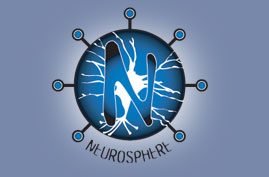Expanded Awareness
Personal Infrastructure
Connection of sensors to brain areas to shorten the processing loop. Think of ten examples that have nothing to do with killing “targets”.
“The most far-reaching component of the binocs has nothing to do with the optics: it’s Darpa’s aspirations to integrate EEG electrodes that monitor the wearer’s neural signals, cueing soldiers to recognize targets faster than the unaided brain could on its own. The idea is that EEG can spot “neural signatures” for target detection before the conscious mind becomes aware of a potential threat or target…That prefrontal cortex, he explains, allows the brain to pick up patterns quickly, but it also exercises a powerful impulse control, inhibiting false alarms. EEG would essentially allow the binoculars to bypass this inhibitory reaction and signal the wearer to a potential threat. In other words, like Spiderman’s “spider sense,” a soldier could be alerted to danger that his or her brain had sensed, but not yet had time to process.”
http://www.wired.com/gadgets/miscellaneous/news/2007/05/binoculars
